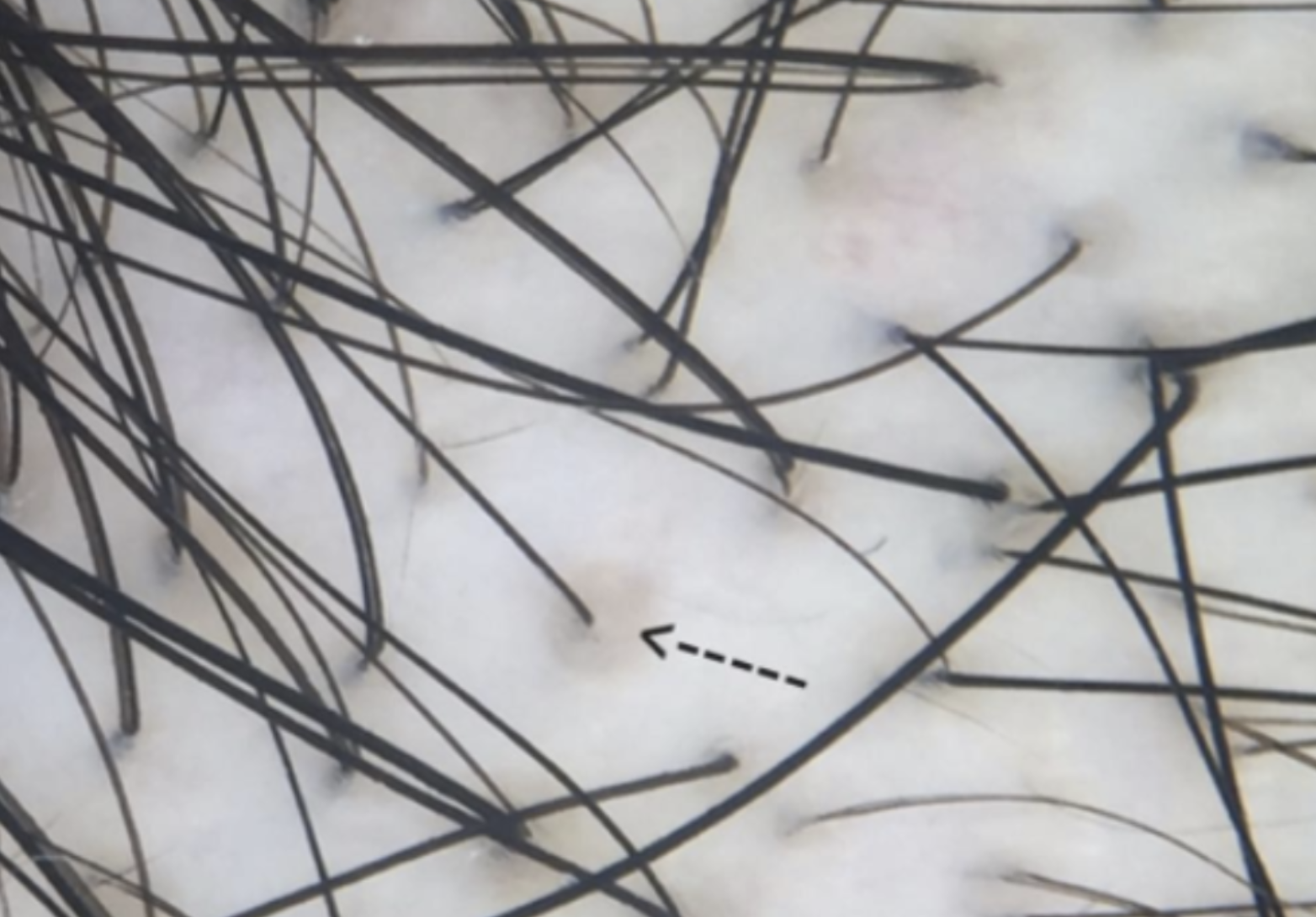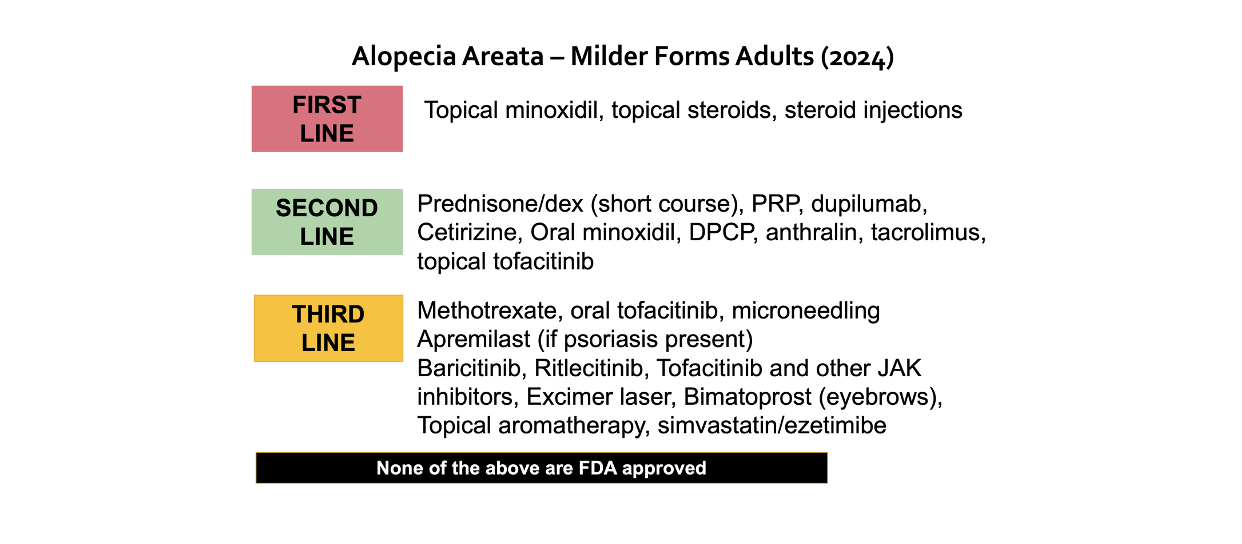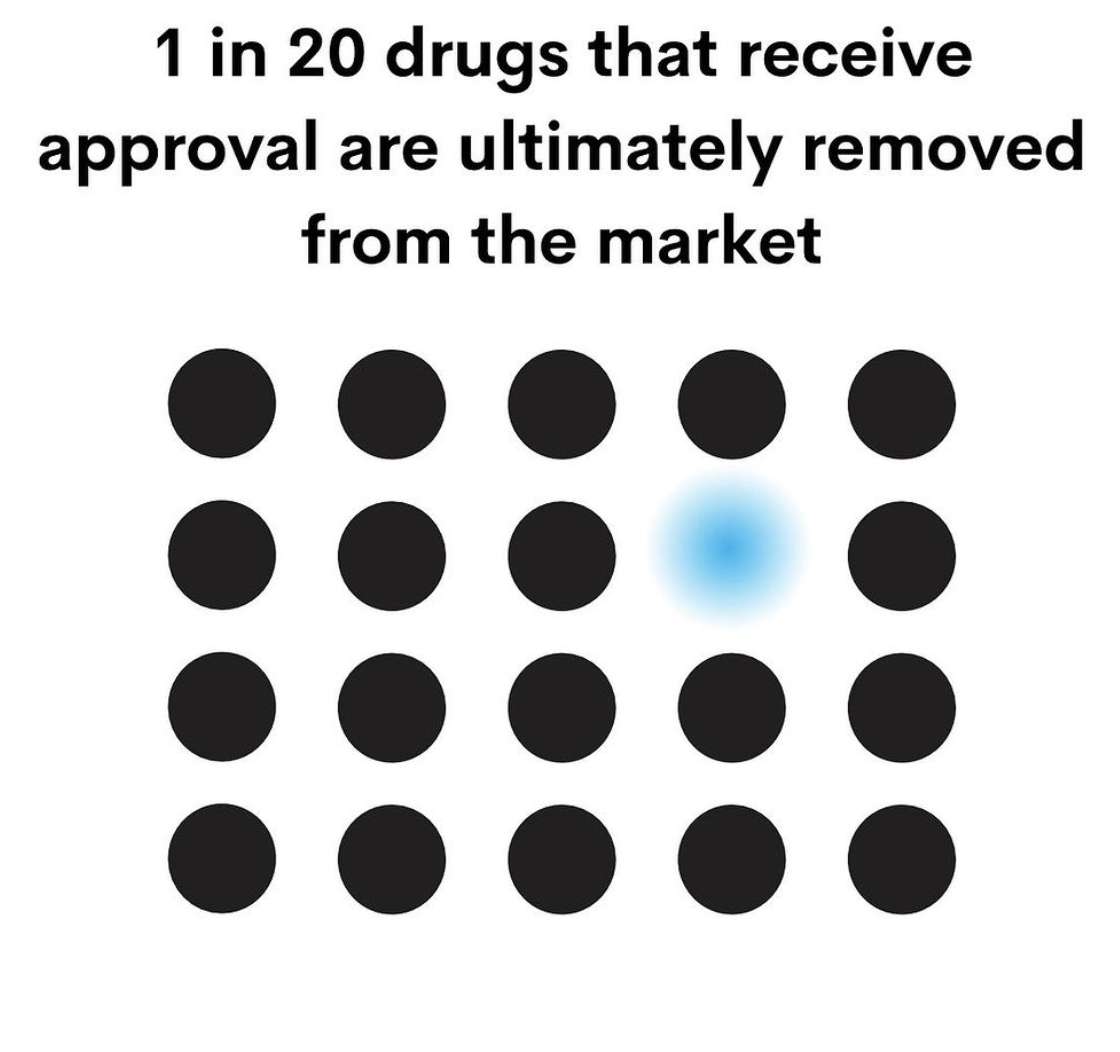But then there’s the lymphoma studies. Studies keep coming out showing a similar trend: if you are prescribed dupilumab, you have an increased chance you’ll be diagnosed with a specific skin lymphoma known as cutaneous T cell lymphoma. It’s not a massively increased risk, but it’s an increased risk.
I’ll review a new study in a moment, but let’s talk about this subject!
Challenges in the CTCL Data
Let’s face it; the data is challenging to decipher. On the one hand, some feel the lymphomas associated with dupilumab are not really lymphomas at all. Boesjes CM et al., in 2023, showed that dupilumab treatment can cause a reversible and benign ‘lymphoid reaction’ that mimics a CTCL but is not CTCL.
On the other hand, there are more and more and more reports showing a massive “unmasking” of CTCL following the initiation of dupulimab therapy. The cases showing that some of the patients treated with dupilumab end up dying are a stark reminder of how important this issue is.
Espinosa et al. 2020
In 2020, Espinosa et al. described four patients given dupilumab for presumed atopic dermatitis and 3 for use off-label to treat pruritic cutaneous T-cell lymphoma. (In cutaneous T-cell lymphoma, IL-13 is overexpressed and regulates cell proliferation, so it was initially felt it could be helpful to block tumour progression.)
All patients treated with dupilumab had disease progression. The four patients initially presumed to have atopic dermatitis subsequently received a diagnosis of cutaneous T-cell lymphoma. The three patients with existing cutaneous T-cell lymphoma progressed to Sézary syndrome while receiving treatment, and two died.
Jfri A et al. 2023
Jfri et al. systematically reviewed twenty-three dupilumab-associated CTCL cases from 11 sites.
The median (range) age was 58 (27-74). Atopic dermatitis onset was mostly in adulthood in 19 (82.61%) cases and childhood-onset in 4 (17.39%) cases. In 13 patients (56.52%), skin biopsies done before starting dupilumab were not diagnostic of MF/SS. In 5 patients, there were atypical features for AD (epidermotropism, folliculotropism, lichenoid inflammation).
The mean time between the start of dupilumab and biopsy-proven cutaneous T-cell lymphoma was 7.5 months. Eleven had advanced disease (Stage IIB-IV) at diagnosis. Personal/family atopic history, a major criterion for clinical AD diagnosis, was found in only 4 of 23 cases. Several patients initially diagnosed with atopic dermatitis had features that are not typical of AD, including indurated plaques, nodules, poikiloderma, and sparing of flexural sites.
When looking back at these cases, the authors found that there were two cases where it was clear that the patient had atopic dermatitis to begin with. These are 2 cases with a long-standing diagnosis of AD since childhood, and biopsies done before starting dupilumab showed features consistent with AD. Of those 19 patients with adult-onset atopic dermatitis, only five patients had clinical presentations and pre-dupilumab biopsies truly consistent with AD. In many cases, it was really not possible to exclude that patients had skin lymphoma before they started therapy.
Hasan et al. 2024
In a new study, Hasan and colleagues used a large database to compare the incidence of CTCL in those who used dupilumab compared to those who never used dupilumab.
This was an extensive database. Data was extracted from 60 healthcare organizations, encompassing 22,888 AD patients who were prescribed dupilumab and 1,115,235 AD patients who were not prescribed dupilumab,
The cohort of AD patients who used dupilumab had an increased risk of CTCL (OR 4.1003, 95% CI 2.055-8.192). The risk was not increased for other cutaneous or lymphoid malignancies, like non-Hodgkin lymphoma or leukemia. Most (27/41) cases of CTCL were diagnosed more than one year after dupilumab use, suggesting that perhaps these are not simply unmasked cases.
So does dupilumab Cause or UnMASK Skin Lymphoma?
It’s pretty clear that if you use dupulimab for atopic dermatitis, you are at increased risk of being diagnosed with a type of skin rash that causes everyone to worry. That is something that is undebatable. It’s also clear that if you have a skin rash before starting dupilumab and it does not respond to treatment with dupilumab or gets worse, it needs to be biopsied to make sure one is not missing a diagnosis of CTCL.
We don’t yet have evidence that patients who use dupilumab for alopecia areata who do not have atopic dermatitis develop skin lymphoma or lymphoid reactions.
What is debatable is whether dupilumab actually causes a lymphoma or lymphoid-like reaction or whether patients had this skin malignancy to begin with, and dupilumab simply encouraged it to come out. Atopic dermatitis and cutaneous T-cell lymphoma can certainly mimic each other, and a widely held concern is that some of the cases of CTCL with dupilumab were simply cases that were first misdiagnosed as atopic dermatitis.
Most studies in the literature conclude their study with the unsatisfying sentence that goes something like “These data raise the question as to whether the affected patients were first misdiagnosed as having atopic dermatitis and the CTCL was unmasked by dupilumab or whether cutaneous T cell lymphoma is truly is an adverse effect of treatment with dupilumab. Other studies end with comments like lymphomas developing with dupilumab might be unrelated to the drug use itself, but long-term follow-up data of large patient cohorts is necessary to rule out such a possibility. Even the discussion section of the paper by Hasan et al. starts out with, “It is unknown if dupilumab causes CTCL or unmasks CTCL.”
For now, it’s clear that patients with atopic dermatitis who are considering dupilumab need one (or more) skin biopsies
Their atopic dermatitis starts in adulthood (instead of childhood)
They have a diagnosis of atopic dermatitis but don’t have a strong family history
They have significant body surface area (erythroderma) - also need flow cytometry
They don’t have involvement of the flexures
They have atypical features like nodules or poikiloderma
Patients who start dupilumab and develop new rashes or worsening of existing rashes also need a low threshold to have biopsies.
I’m following this field closely!
REFERENCES*
Hasan I et al. Dupilumab therapy for atopic dermatitis is associated with increased risk of cutaneous T cell lymphoma: a retrospective cohort study. J Am Acad Dermatol. 2024 Apr 6:S0190-9622(24)00566-8. doi: 10.1016/j.jaad.2024.03.039. Online ahead of print.
Boesjes CM et al. Dupilumab-Associated Lymphoid Reactions in Patients With Atopic Dermatitis. JAMA Dermatol . 2023 Nov 1;159(11):1240-1247.
Espinosa ML et al. Progression of cutaneous T-cell lymphoma after dupilumab: Case review of 7 patients. J Am Acad Dermatol . 2020 Jul;83(1):197-199. doi: 10.1016/j.jaad.2020.03.050. Epub 2020 Mar 27.
Harada K et al. The effectiveness of dupilumab in patients with alopecia areata who have atopic dermatitis: a case series of seven patients. Br J Dermatol. 2020 Aug;183(2):396-397.
Poyner EFM et al. Dupilumab unmasking cutaneous T-cell lymphoma: report of a fatal case. Clin Exp Dermatol. 2022 May;47(5):974-976. doi: 10.1111/ced.15079. Epub 2022 Feb 9.
Du-Thanh A et al. Lethal anaplastic large-cell lymphoma occurring in a patient treated with dupilumab. JAAD Case Rep. 2021 Oct 12:18:4-7. doi: 10.1016/j.jdcr.2021.09.020. eCollection 2021 Dec.
Jfri A et al. Diagnosis of mycosis fungoides or Sézary syndrome after dupilumab use: A systematic review. J Am Acad Dermatol . 2023 May;88(5):1164-1166. doi: 10.1016/j.jaad.2022.12.001. Epub 2022 Dec 5.












